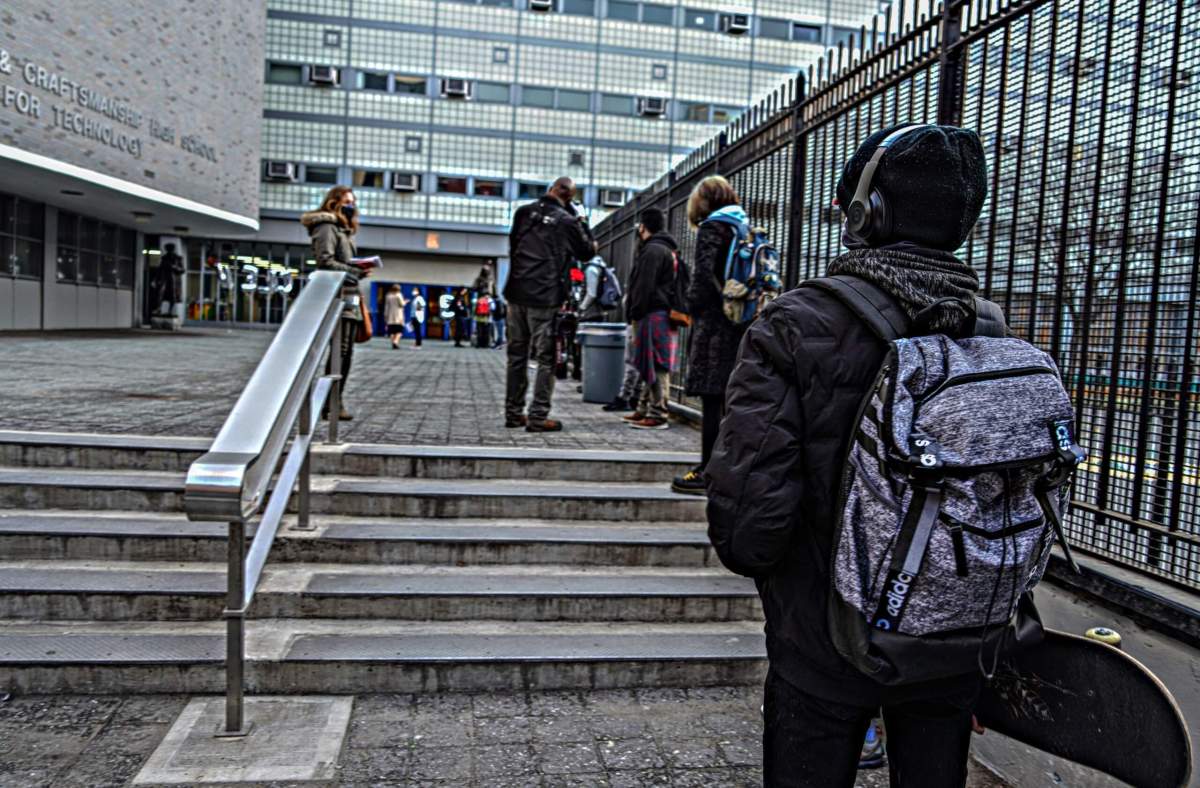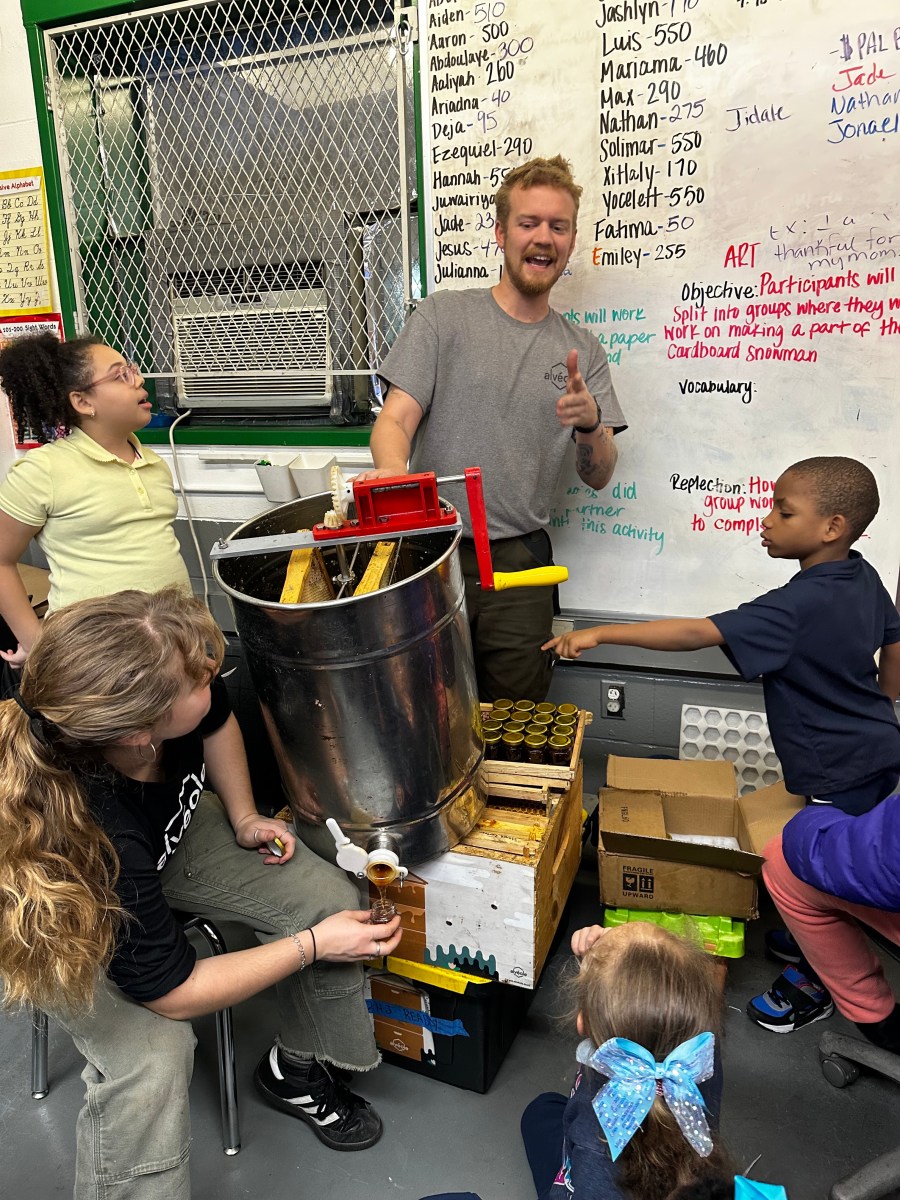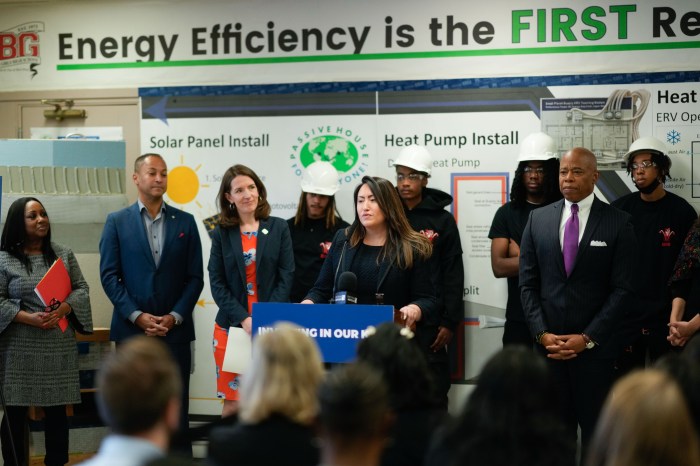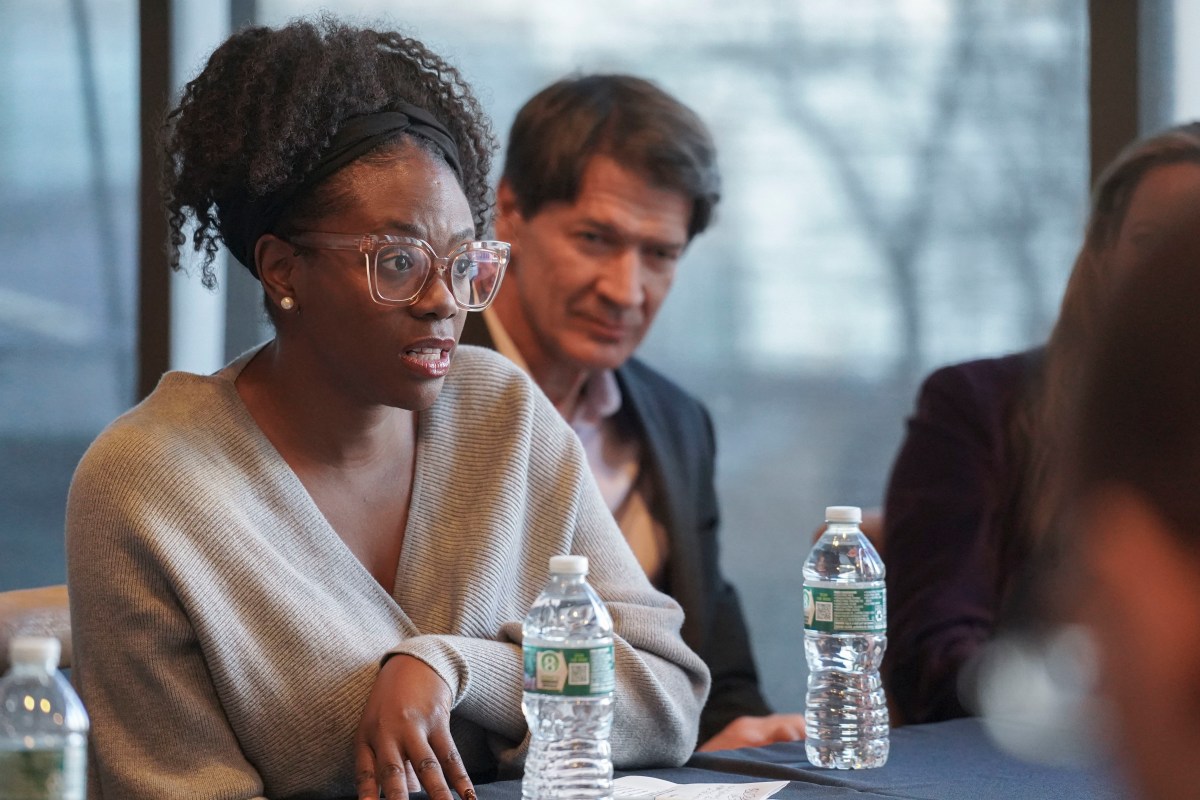The number of “child crisis interventions” in New York City public schools continue to disproportionally involve Black students and students with severe disabilities, a new report shows.
On Thursday, Advocates for Children of New York, an education nonprofit organization, released a data crunch on the number of “crisis interventions” where an NYPD officer removes a child from a classroom or school in order the child to be transported to a hospital for psychological evaluation.
The report found that between 2016 and 2020, there were over 12,000 incidents of “child in crisis” interventions over half of which involved kids between the ages of four and 12 years old.
“Students in emotional crisis need emotional support; they don’t need to be criminalized and handcuffed,” said Executive Director of Advocates for Children Kim Sweet. “As a city, we need to start treating all students as we want our own children to be treated.”
According to the data, the number of crisis interventions has been steadily increasing with the number of interventions in 2019 reportedly being 24% higher than during the 2016-17 school year. Out of the thousands of interventions, in 297 cases NYPD officers handcuffed children that were under the age of 13. The data shows that officers even handcuffed three five-year-olds, seven six-year-olds and 23 seven-year-olds before they were forcibly removed from the classroom for evaluations.
Advocates say these types of interventions disproportionally involve Black students, students with disabilities and mostly occur in schools located in lower-income communities of color across the city.
During those four years, at least one out of every five students handcuffed was a student in District 75 which only serves the city’s most disabled students and more than one out every three students handcuffed was a Black male student.
“Police responses are extremely traumatic for the student, their peers, and all school staff who witness the police intervention,” said Jennifer Finn, a special education teacher and member of Teachers Unite. “It is impossible to justify the use of law enforcement when a student needs emotional and behavioral support.”
Advocates are calling on the city to implement seven points in order to remedy child crisis interventions including ordering schools to stop calling 911 or Emergency Medical Services to take students to hospitals which not medically necessary, hire more mental health care staffers for schools and funneling $118 million into the 2022 budget to rollout restorative practices in schools.
“Creating schools that are safe and welcoming for all students is at the core of this Administration’s work, and we have made important changes to drive record decreases in police interventions, arrests, suspensions, and the system-wide adoption of restorative justice practices,” said Department of Education spokesperson Nathaniel Styer. “All students must return to healing-centered schools this fall, and we are hiring over 500 new social workers and adding over 100 more community schools to ensure every student has a caring adult to go to when in crisis.”





































